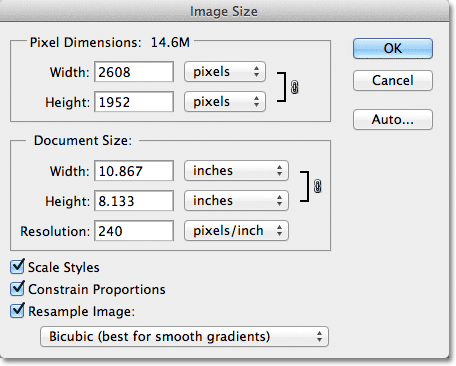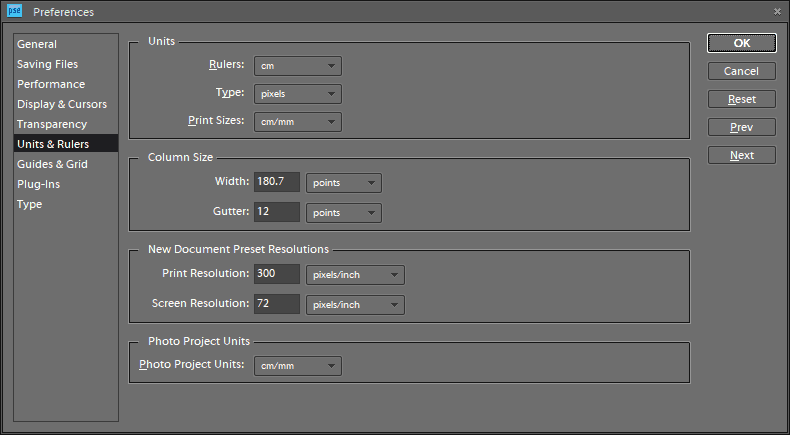

- #Parallels update now photoshop is tiny software
- #Parallels update now photoshop is tiny code
- #Parallels update now photoshop is tiny Pc
- #Parallels update now photoshop is tiny free
#Parallels update now photoshop is tiny free
They work with two new Adobe drawing apps for the iPad, Line and Sketch–both of which are free and can be used with or without the new hardware. Today, the final versions go on sale as Adobe Ink and Slide.
#Parallels update now photoshop is tiny code
When the company first showed off prototypes of its pen and ruler more than a year ago, it gave them the code names Project Mighty and Napoleon, respectively.

#Parallels update now photoshop is tiny software
But after more than three decades in the graphics software business, Adobe is finally taking Kay’s advice–and the hardware that it’s built is a pressure-sensitive pen and a unique digital ruler, both for use with new Adobe apps for the iPad. When that famous declaration by Alan Kay gets quoted, it’s usually in reference to ambitious computing devices such as Apple’s iPhone or Microsoft’s Surface. People who are serious about software should make their own hardware. The company is radically increasing the amount of storage it bundles with the consumer-oriented versions of Office 365, the subscription-based version of the Office productivity suite. (Until now, freeloaders have received a base allotment of 7GB.) Paid OneDrive tiers will offer 100GB for $1.99 a month or 200GB for $3.99 a month, a 70 percent reduction from previous pricing.Īll of this is nice, but hardly surprising: It’s unquestionably a response to the similar moves which Google made with Google Drive back in March.īut Microsoft has another piece of OneDrive news which is at least a trifle startling–and which nobody else can quite match.
#Parallels update now photoshop is tiny Pc
You’ll get 15GB of space for free, which the company says is enough for 75 percent of users to store all the files on their PC in the cloud. Starting shortly, Microsoft is upgrading the storage plans it offers for OneDrive, the online storage service formerly known as SkyDrive. So it’s incumbent on us to remember that none of us know enough about Apple’s wearable to form opinions about it–including whether we want one. In a rational world, 100 percent of the people who Piper Jaffray asked about their iWatch-buying intentions would have answered “How the hell should I know at this point?” They didn’t. Recall, if you will, the reception that the iPhone got after Steve Jobs unveiled it in January of 2007: It wasn’t the least bit difficult to find people who thought it would flop. Especially when the company in question is Apple, which has a better track record of redefining categories than any of its competitors, in ways that can be difficult to understand at first. And the respondents to Piper Jaffray’s survey presumably aren’t maniacally refreshing MacRumors and AppleInsider to stay on top of the latest news.Įven after a company announces a product, gut instincts about it don’t tell you all that much. DeWitt says that those numbers prompted the author of Piper Jaffray’s study to estimate that Apple could sell between five and ten million iWatches in the device’s first year on the market.Ĭan we just say it? Research of this type doesn’t tell us anything worth knowing about Apple’s device and how well it might sell, because the survey respondents who said they would or wouldn’t buying it were expressing opinions based on insufficient information.Įven if you’re paying really close attention to rumors about Apple’s wearables–such as these ones and these ones–you know very little about the device, in part because rumors can be false, and in part because scuttlebutt about specs tells you virtually nothing about what the experience of using an iWatch might be like. As Fortune’s Philip Elmer-DeWitt reports, 36 percent of respondents would pay between $100 and $200 for the iWatch, 14 percent would pay $350, and 14 percent wouldn’t buy one at any price. Piper Jaffray recently conducted a survey about consumer sentiments towards wearable devices–including the “Apple iWatch” which, it now seems certain, will be released later this year.


 0 kommentar(er)
0 kommentar(er)
